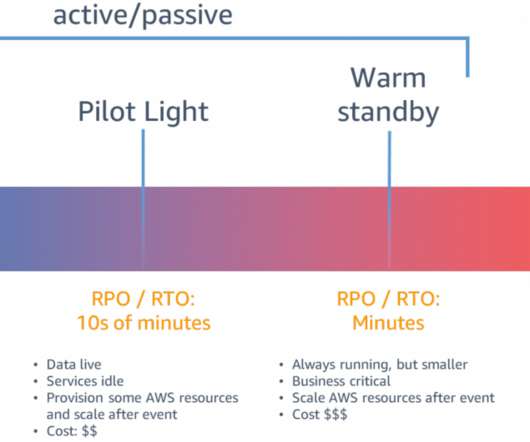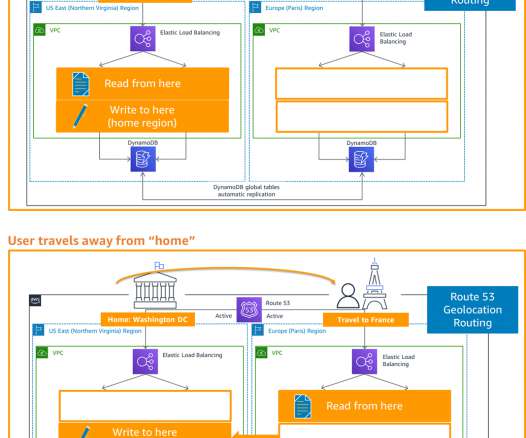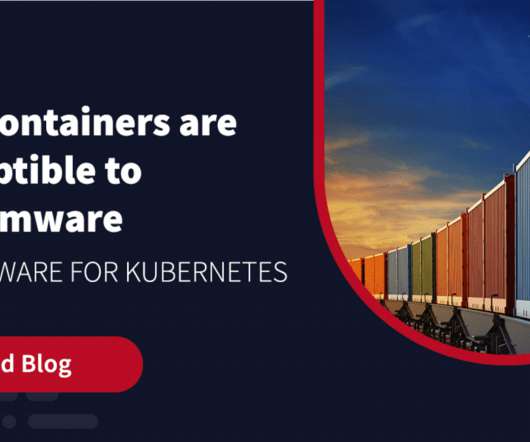Disaster Recovery (DR) Architecture on AWS, Part I: Strategies for Recovery in the Cloud
AWS Disaster Recovery
APRIL 5, 2021
Ultimately, any event that prevents a workload or system from fulfilling its business objectives in its primary location is classified a disaster. This blog post shows how to architect for disaster recovery (DR) , which is the process of preparing for and recovering from a disaster. DR objectives.











Let's personalize your content